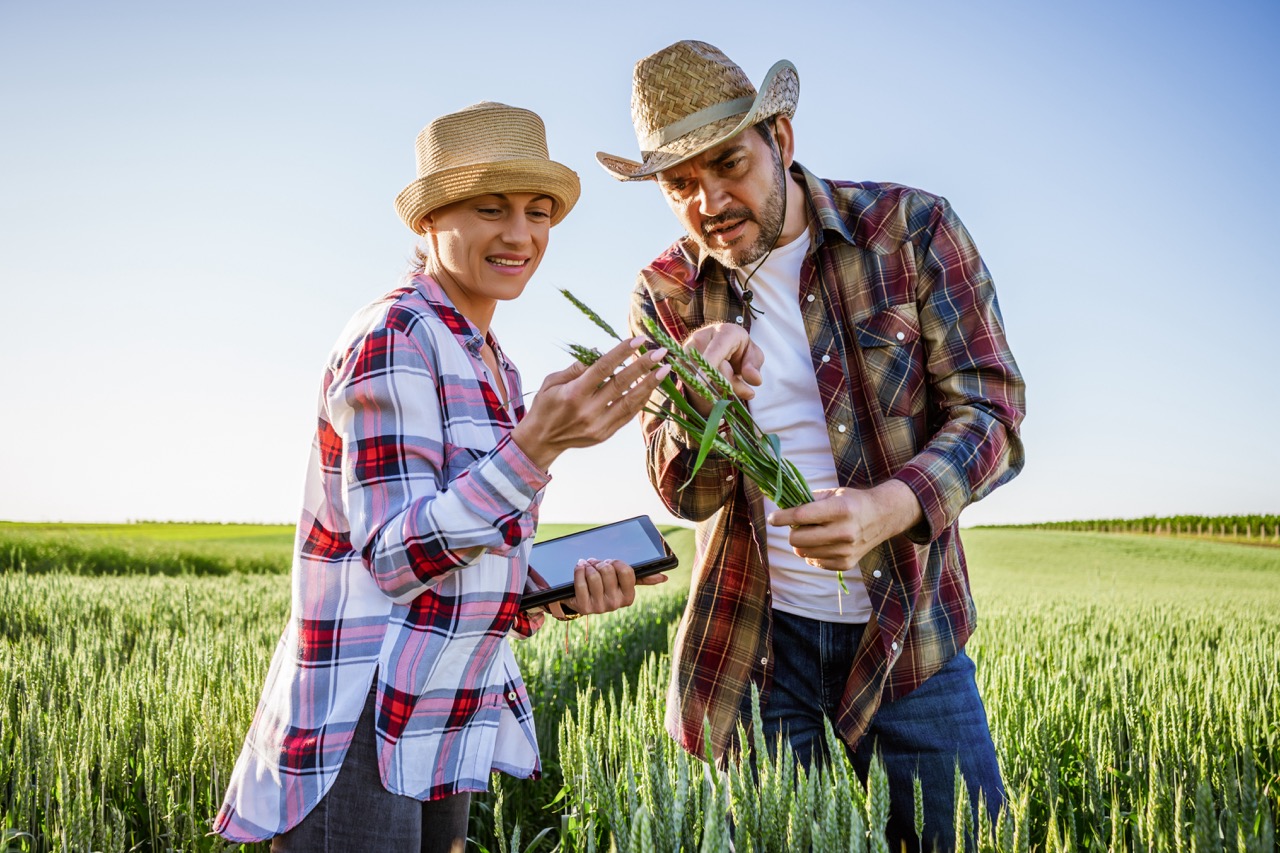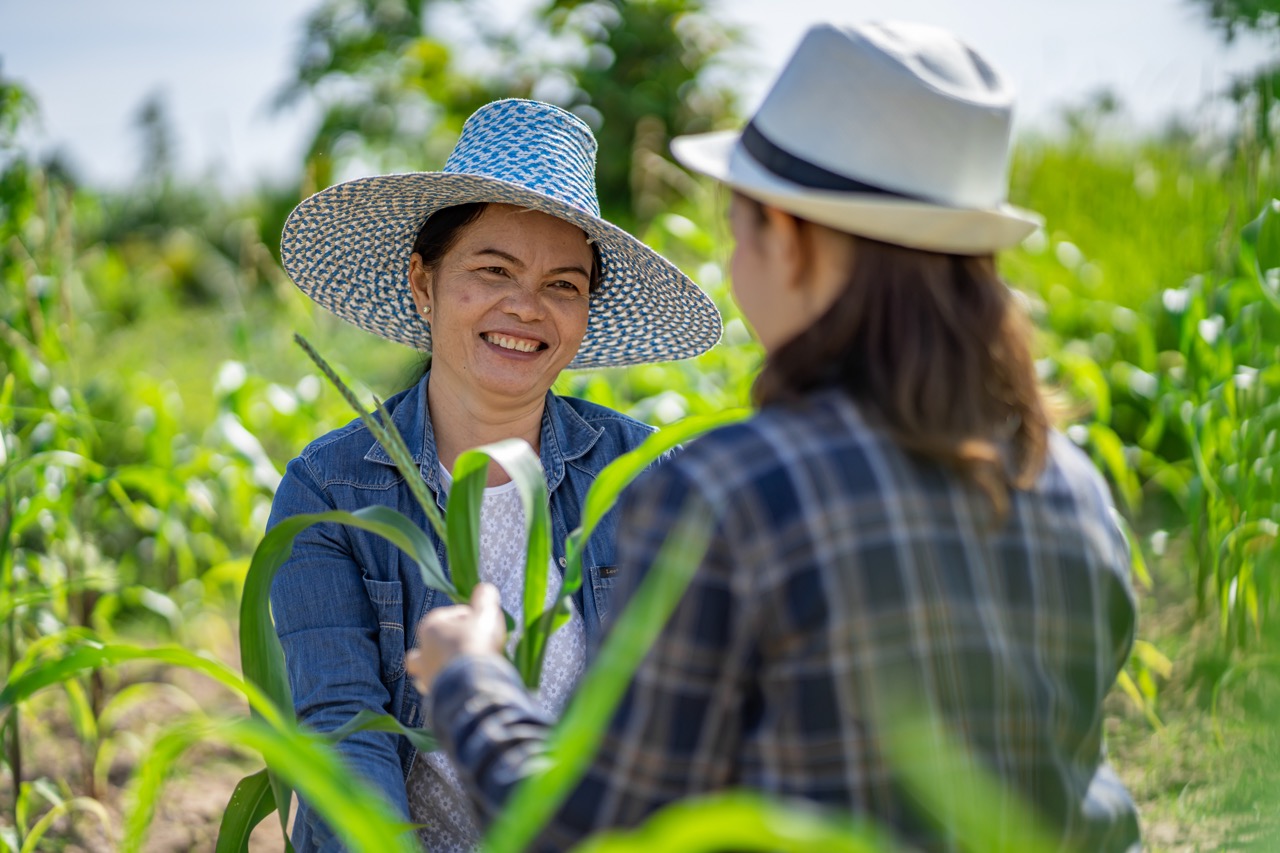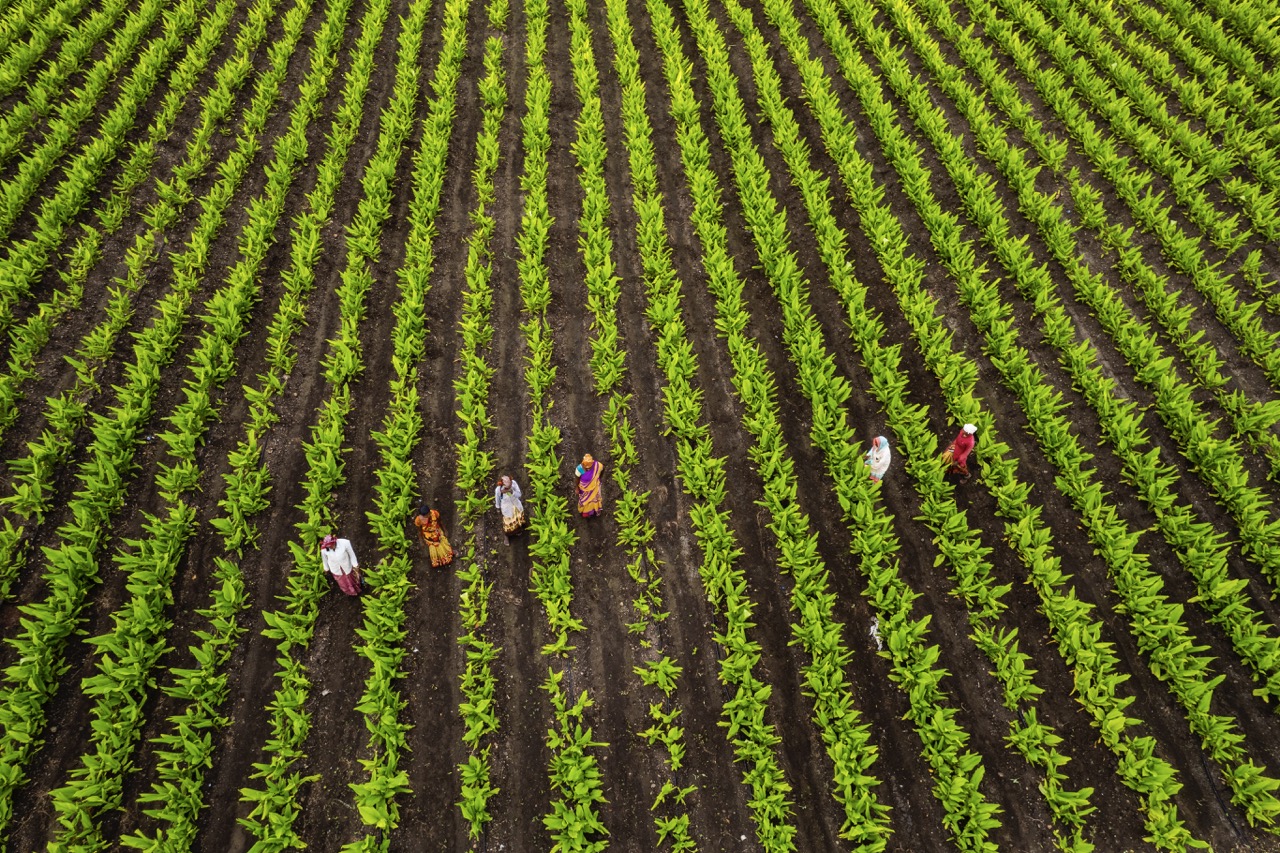Sharecropping has long been a contentious subject in agricultural discourse, often associated with historical inequities and exploitation. However, in contemporary settings, sharecropping can serve as a mechanism for collaboration between farmers and landowners, fostering partnerships that can yield mutual benefits. By understanding its historical context, evaluating the advantages of collaborative efforts, and addressing the challenges that arise, stakeholders can better navigate the complexities of sharecropping arrangements. This article explores how sharecropping can facilitate constructive partnerships, ultimately enhancing agricultural productivity and economic stability.
Understanding Sharecropping: A Historical Perspective
Sharecropping emerged in the United States following the Civil War, primarily in the Southern states. This system allowed landowners to lease land to tenant farmers, who would work the land in exchange for a share of the crop produced. Initially, this arrangement provided a way for freed slaves and impoverished farmers to gain access to land and resources necessary for their livelihood. However, it quickly evolved into a system characterized by inequality, as landowners often held the upper hand, dictating terms that led to cycles of debt and poverty for sharecroppers.
Over the years, sharecropping has taken on various forms across the globe, adapting to local economic and social conditions. In many cases, it has been criticized for reinforcing social hierarchies and perpetuating economic disparities. Yet, despite its tumultuous history, sharecropping has also been a critical means for many rural families to secure their livelihoods when access to capital or land ownership is limited. In some contexts, it has fostered community ties and collective farming practices, laying the groundwork for potential partnerships between landowners and farmers.
Today, as agriculture faces numerous challenges—such as climate change, rising operational costs, and market fluctuations—the traditional model of sharecropping is being reexamined. Many stakeholders are exploring ways to modernize and adapt this historical arrangement to create more equitable and sustainable partnerships. By critically analyzing its past, stakeholders can identify lessons learned and opportunities for improving sharecropping arrangements in the present day.
The Benefits of Partnerships for Farmers and Landowners
Effective partnerships between farmers and landowners can lead to a range of benefits. For farmers, sharecropping provides access to land without the upfront costs associated with purchasing property. This arrangement enables them to focus on farming activities, potentially increasing productivity and income. By working collaboratively with landowners, farmers can also gain access to resources such as improved farming techniques, technologies, and market connections, which can enhance their overall yield and profitability.
For landowners, fostering partnerships through sharecropping can lead to better land management and increased economic returns. By ensuring that the land is actively cultivated, landowners can maximize their investment and reduce the risk of land degradation. Additionally, establishing a relationship built on trust and mutual interest can incentivize both parties to engage in sustainable practices, benefiting the land in the long term. Such partnerships can also serve to enhance community ties and bolster local economies, contributing to a more resilient agricultural landscape.
Moreover, modern partnerships can be structured to include education, training, and support for farmers, further empowering them and ensuring a stable food supply. By creating a system where both parties invest in each other’s success, sharecropping can transform from a simple transactional relationship into one characterized by collaboration and shared objectives. This shift not only benefits the immediate stakeholders but can also foster broader social and economic development within rural communities.
Challenges in Sharecropping Relationships and Solutions
Despite the potential benefits, sharecropping arrangements are fraught with challenges that can undermine partnerships. One significant issue is the lack of clear communication and understanding between farmers and landowners regarding expectations, responsibilities, and profit-sharing. Misunderstandings can lead to disputes, jeopardizing the sustainability of the relationship. Additionally, fluctuations in crop prices or unexpected natural disasters can put financial strain on both parties, creating further tension.
To address these challenges, establishing clear contractual agreements is crucial. These agreements should outline the specific roles, expectations, and profit-sharing arrangements for both parties. Regular communication and feedback mechanisms can also help ensure that any concerns are addressed promptly, fostering a culture of cooperation. Furthermore, incorporating conflict resolution strategies can provide a framework for managing disputes, minimizing potential disruptions to the partnership.
Another solution lies in the adoption of technology and data-driven practices that can enhance transparency and efficiency. For example, digital platforms can facilitate better tracking of crop yields, expenses, and profits, while also allowing for real-time communication between farmers and landowners. By leveraging technology, both parties can make informed decisions, adapt to changing market conditions, and collaboratively work towards shared goals, ultimately strengthening their partnership.
Future Prospects: Evolving Sharecropping Dynamics Today
As agricultural landscapes continue to evolve, sharecropping dynamics are also undergoing significant changes. With increasing interest in sustainable and regenerative farming practices, there is a growing recognition of the importance of equitable partnerships that prioritize environmental stewardship. This shift presents an opportunity for sharecropping arrangements to be reimagined in ways that support sustainable agriculture while also addressing the economic needs of both farmers and landowners.
Moreover, the rise of social enterprises and cooperative models in agriculture can play a pivotal role in reshaping sharecropping relationships. By forming cooperatives, farmers can pool resources, share risks, and negotiate better terms with landowners. Such collaborative efforts can lead to improved access to markets, training, and funding, thereby empowering farmers while providing landowners with reliable and committed partners. This new paradigm can help mitigate the historical inequities associated with sharecropping.
Finally, as policymakers increasingly recognize the significance of local food systems and sustainable agriculture, there is potential for supportive frameworks that promote equitable sharecropping practices. Incentives for landowners who engage in fair partnerships, along with educational programs for farmers, can create a more favorable environment for collaboration. By addressing the historical context while embracing innovative solutions, the future of sharecropping can foster strong partnerships that benefit both farmers and landowners alike.
In conclusion, while sharecropping has a complicated history deeply intertwined with inequality and exploitation, it also holds the potential to foster meaningful partnerships between farmers and landowners in today’s agricultural landscape. By understanding its historical roots, recognizing the mutual benefits of collaboration, addressing challenges through clear agreements and technology, and embracing evolving dynamics, stakeholders can create a more equitable and sustainable agricultural future. As these partnerships grow and adapt, they not only enhance individual livelihoods but also contribute to the resilience and vitality of rural communities.










